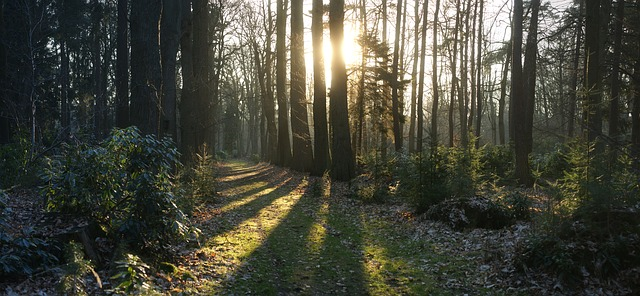
This dude asked about Fae. So let me talk about Fae and the way I use them. First of all, this is the gist of an “old school” D&D game I run at the moment:
The princess of the realm was kidnapped by the King-that-wears-red-and-white, an ancient Fae King. He took the princess into his Fae castle in a forest far, far away. The PCs now go into his forest, trying to save the princess. As it turns out, the King is in actuality a Lady. (“You humans are lead by a King, are you not? So be it, then I am a King!”) and the Princess probably wasn’t kidnapped, but fled on her own volition.
The setting is a mix of Arthurian Legends, Heavy Metal and the tales of the Grimm Brothers. So here a little something about how Fae behave in my game, which some of you might find interesting/useful. I will try to keep the mechanical stuff system agnostic and thus kind of vague, so you will have to do some work. You are smart, I believe in you.
The Faerie of the Forest:
- The Fae have no unifying shape. Some are humanoid (like the King) some are insects, some are other animals, some are literal monsters, some are a combination of some or all of the above. Their aesthetic is heavy on the flower, animal and nature side, with a bit of Art Nouveau and late Baroque mixed in.
- Fae can’t outright say things they know to be untrue. However they will most of the times only talk in 1/4 truths, at best. (They can’t say things like “the sky is clearly green”, however they can and will say things like “the sky clearly is a certain green-variant” )
- Fae don’t understand Human concepts like time, gender, sex, money, war, morality, virtue or similar things. Most of them value two things, really. One is personal short time enjoyment. (They don’t plan for long time enjoyment, after all, they don’t really get this “time” thing.) The second thing they value is “story”. And they don’t get why anyone else would value anything else.
- Fae, as I mentioned above, value “story”. To put it more hyperbolic, and maybe more true, they are story incarnate. They are naturally drawn to act in a way that makes stories interesting. What specifically counts as “interesting” depends on which Fae (like which Monster) they are. Generally speaking, they like tragedies and comedies that end tragically and are naturally drawn to act in ways which bring those kinds of stories about. (Might do an article on what kind of Fae likes what kind of story, we will see.) They need to make a saving throw to act against their nature.
They also notice, in a meta sense, the story they are in at the moment (horror, drama, comedy etc.) and have a general sense about how other people in the story are supposed to act. (For example: If a player were to play a Knight, Faes know that the character is a Knight, even if that isn’t visible or something and they also know how the character is supposed to act as a Knight. More powerful Fae might even know more, again in a meta sense. Maybe they know about the players? The plot?)
Furthermore, Fae notice time in the sense of story. Like, they know the order events happen in and relate the events to each other, but don’t get what a day is. In this sense, Fae don’t naturally die of old age, they only die when they are in a situation where nothing interesting could be told with them. They also can die through massive violent force, of course.
- Fae also like arbitrary rules. They just really dig them. Like, “…until the raven cries 3 times” or “…until the sun has risen.” or “… until a pig flies 200m above the forest”, that kind of stuff.
- Fae don’t like direct sun or moonlight. They lose their magical powers while standing under such lights. Nobody knows why. That’s why they often have people follow them carrying gigantic umbrellas and often wear some kind of head wear. They are also vulnerable to cold iron and resistant to mundane weapons. Obviously.
- All agreements Fae make are automatically magical. Whenever you break an agreement freely made with a Fae you will suffer a Geas spell as cast by a high level magic user.
